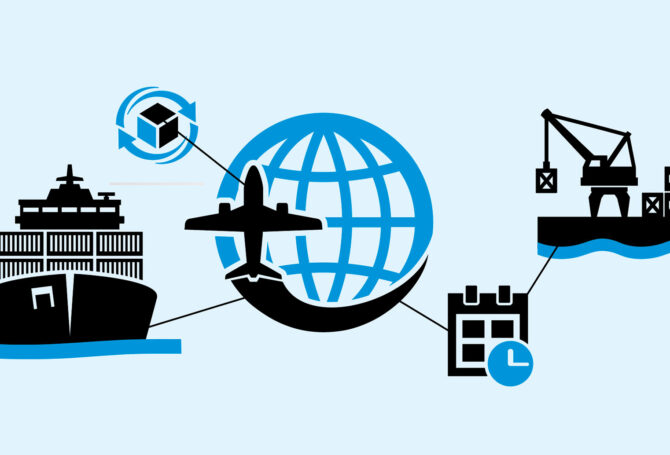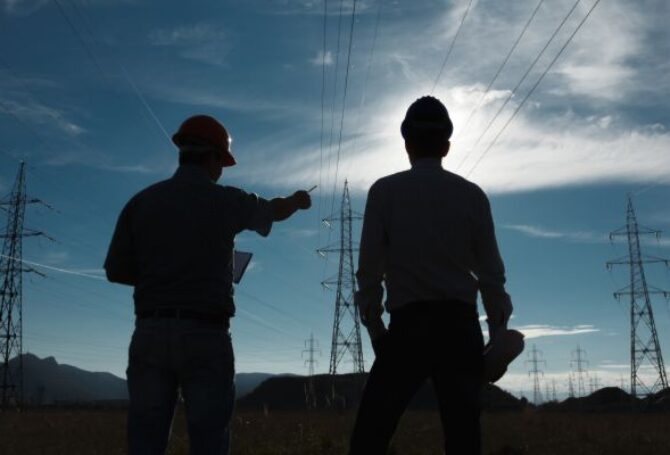
Speedier Federal Siting, Smart Technology Could Fill Power Grid Gaps
The nation is rapidly electrifying with renewable energy, but unless the U.S. power grid is expanded, much of that progress will be squandered.
“To tap the potential of renewable energy, the United States needs to dramatically expand the electric grid between places with abundant wind and sunshine and places where people live and work,” The New York Times editorial board declared.
“And it needs to happen fast,” the editorial board added. “The government and the private sector are investing heavily in a historic shift to electric-powered vehicles, heating systems and factories, including hundreds of billions of dollars in federal spending approved last year as part of the Inflation Reduction Act. But without new power lines, much of that electricity will continue to be generated by burning carbon.”
The U. S. Energy Department and the National Academies of Science independently concluded there is a need for 47,300 gigawatt-miles of new power lines by 2035, an expansion of the current grid by 57 percent. The majority of the current power grid was built a century ago.
Failure to address siting, approval and operating issues in the power grid will undermine progress on addressing climate change.
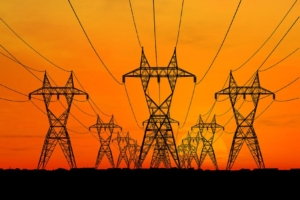 Popular National Project
Popular National Project
Expanding the power grid could easily become a widely supported national improvement project. However, that national support could be thwarted by plodding federal, state and local approval processes.
The Times editorial noted Arizona’s largest power company proposed a transmission line in 2005 to carry electricity from its new wind farm in Wyoming. The transmission line was approved almost 20 years later and won’t be operational until 2028.
Senator Sheldon Whitehouse, D-Rhode Island, and Congressman Mike Quigley, D-Illinois, have introduced legislation to give the Federal Energy Regulatory Commission broad authority to approve major electric transmission lines across multiple states. FERC already has comparable power to site pipelines. State and local authorities would retain oversight of smaller projects.
The existing patchwork of approval authority, which has left major projects awaiting approval for decades, reflects efforts to prevent corporations from running roughshod over competing environmental and community interests, the editorial noted.
“Shifting decision-making from state and local governments to the federal government would create a single, national forum in which policymakers can weigh the costs and benefits of power projects,” the editorial said. “The federal government – the mechanism Americans have created to act in the interest of people in America as a whole – is where those decisions should be made.”
Streamlining Federal Environmental Reviews
The editorial also recommended streamlining federal environmental review of major projects with significant environmental benefits. “The competing environmental priorities of developing renewable energy and protecting existing ecosystems can be better balanced by imposing strict time limits on environmental reviews, while also increasing funding to ensure regulators have the capacity to meet those deadlines. Congress also could expedite consideration of inevitable legal challenges by adopting a proposal recently highlighted by the Brookings Institution to send challenges to the Court of Appeals for the D.C. Circuit.”
The Times editorial board supports giving the U. S. Energy Department authority to initiate projects and accelerate construction timelines for badly needed transmission lines. “[It]can accelerate construction – and focus private investment – by identifying where power lines should go and beginning the approval process before companies apply. The Inflation Reduction Act strengthened the federal government’s authority to engage in this kind of planning, but states have resisted federal encroachment on their authority and the Biden administration has declined to force the issue, emphasizing its desire to work with states.”
“Far too many projects remain in limbo, in part because states and communities along power line routes have little incentive to quickly approve projects intended to deliver electricity somewhere else,” the editorial said.
The Times editorial also pokes at the “balkanization of the power grid” that boosts costs unnecessarily and “makes it harder for utilities to meet surges in demand”. “Congress can encourage a greater spirit of cooperation and help to combat climate change by mandating a minimum transfer capacity for each grid,” according to the editorial.
“The nation’s transmission lines also are broken up into regional grids that operate like jealous petty potentates, resisting stronger links that would allow renewable energy to flow across regional boundaries,” the editorial said. “In the Midwest, where the Energy Department says the need for new power lines is greatest, the list of projects in limbo includes the SOO Green Line, proposed in 2012, which would carry electricity from Iowa to the outskirts of Chicago underground alongside railroad tracks. The line would connect a grid called MISO, which covers part of the Plains region, with a grid called PJM, which serves parts of the Midwest and the Mid-Atlantic and has opposed the project.”
Failure to address siting, approval and operating issues in the power grid will undermine progress on addressing climate change. “Congress and the Biden administration have taken a series of promising steps toward ending the nation’s dependence on carbon. But the absence of a plan to build a new electric grid is a critical hole in that emerging strategy. Without decisive action, they will waste a precious chance to limit climate change.”
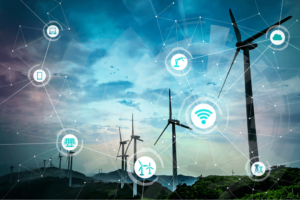
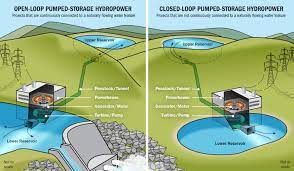 Additional Grid Improvement Ideas
Additional Grid Improvement Ideas
Jesse Baker, author of the Plugged In blog, says the “American electric grid is the largest and most complicated machine ever built by man”. But, he adds, “The U.S. grid is far from perfect. As time goes on and the equipment running the grid age and break down, the performance and reliability of the grid may be getting worse. The prevalence of weaknesses, even blind spots, of the grid only becomes clearer.”
Baker urges increased government funding, increased use of intelligent technologies and improved regulatory guidance, essentially echoing the Times editorial. He also plugs distributed energy resources such as solar installations on home rooftops.
Science Direct published a report on integrating renewable energy into the power grid that calls for greater emphasis on energy storage systems, such as large-scale battery arrays and using excess energy to pull water up to holding ponds and releasing the water to create hydroelectricity when demand exceeds supply.




